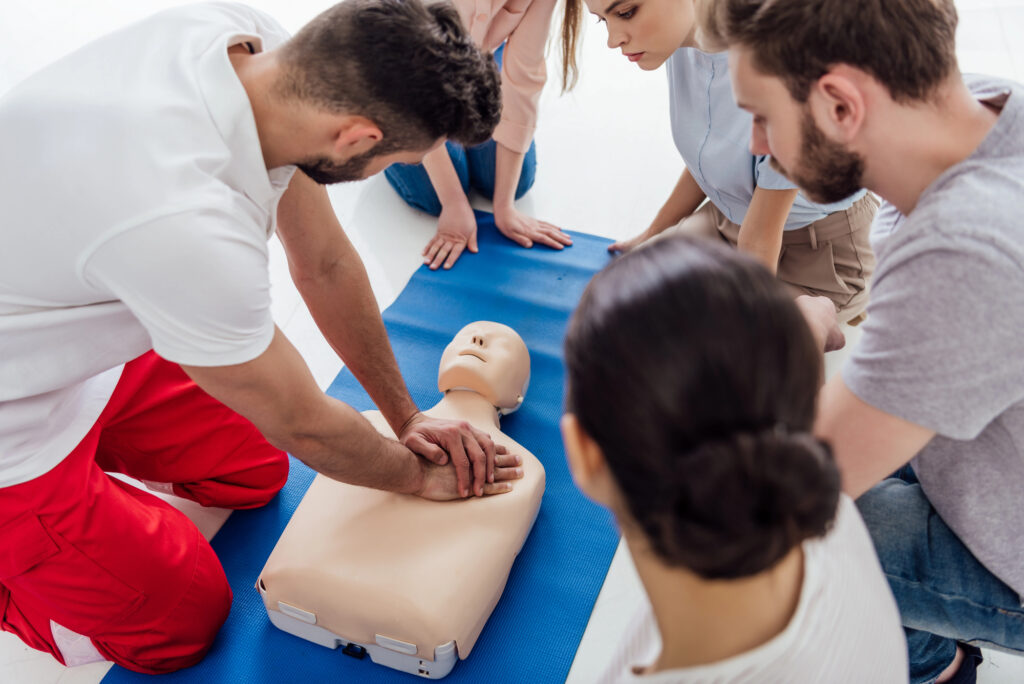The 3 Ps of First Aid: A Comprehensive Guide
In emergency situations, the ability to administer first aid promptly and effectively can be the difference between life and death. To guide first responders, the principles of first aid are encapsulated in the “3 Ps”: Preserve Life, Prevent Deterioration, and Promote Recovery. Understanding and applying these principles ensure that casualties receive appropriate care before professional medical assistance arrives.
Preserve Life
The foremost priority in any emergency is to preserve life. This involves:
- Assessing the Situation: Quickly evaluate the environment for potential dangers to yourself and the casualty. Ensure the area is safe before proceeding.
- Checking Responsiveness: Gently tap the casualty and speak to them to determine consciousness.
- Airway Management: If unresponsive, ensure the airway is open by tilting the head and lifting the chin.
- Breathing Assessment: Look, listen, and feel for normal breathing.
- Circulation Support: If the casualty is not breathing, commence cardiopulmonary resuscitation (CPR) immediately.
By following these steps, you address life-threatening conditions promptly, aligning with the primary goal of preserving life.
Prevent Deterioration
Once immediate life threats are managed, the next objective is to prevent the casualty’s condition from worsening:
- Control Bleeding: Apply direct pressure to wounds to minimize blood loss.
- Immobilize Injuries: Stabilize fractures and sprains to prevent further damage.
- Monitor Vital Signs: Keep track of the casualty’s breathing and consciousness levels.
- Protect from Environmental Hazards: Shield the casualty from extreme temperatures and weather conditions.
Implementing these measures helps maintain the casualty’s current state and prevents complications.
Promote Recovery
The final principle focuses on aiding the casualty’s recovery:
- Provide Comfort: Reassure the casualty to alleviate anxiety and shock.
- Positioning: Place the casualty in a comfortable and appropriate position, such as the recovery position for unconscious individuals.
- Ongoing Care: Continue to monitor and care for the casualty until professional help arrives.
Promoting recovery not only improves the casualty’s immediate condition but also contributes to better long-term outcomes.
Conclusion
Mastering the 3 Ps of first aid equips individuals with a structured approach to handling emergencies. By preserving life, preventing deterioration, and promoting recovery, you can provide effective assistance and improve the chances of a positive outcome for those in need.

